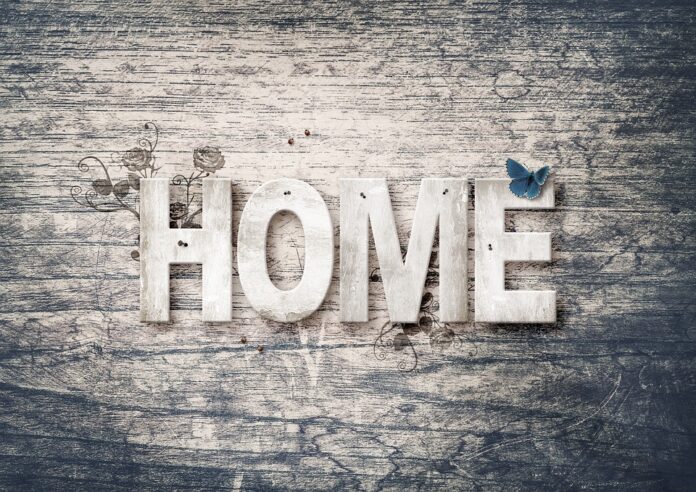The Evolution of Minimalism: A Closer Look at Scandinavian Design
Minimalism has long been revered for its clean lines, simple forms, and the concept of “less is more.” Scandinavian design, in particular, has played a pivotal role in the evolution of minimalist aesthetics. From furniture to home decor, Scandinavian design has become synonymous with timeless elegance and functional beauty. Let’s take a closer look at the evolution of minimalism through the lens of Scandinavian design.
The Roots of Scandinavian Design
Scandinavian design originated in the early 20th century with the rise of the Arts and Crafts movement. Influenced by traditional craftsmanship and the principles of simplicity, Scandinavian designers aimed to create functional and affordable products for the home. The design movement quickly gained popularity throughout Europe and the United States, with iconic pieces from designers like Alvar Aalto, Arne Jacobsen, and Hans Wegner becoming household names.
Principles of Scandinavian Design
At the core of Scandinavian design are key principles such as functionality, minimalism, and a connection to nature. Functionality is paramount, with each design element serving a purpose while also being aesthetically pleasing. Minimalism is reflected in the clean lines, muted color palettes, and uncluttered spaces that define Scandinavian interiors. The connection to nature is evident in the use of organic materials like wood, leather, and wool, as well as an emphasis on natural light and an appreciation for the outdoors.
The Influence of Scandinavian Design on Minimalism
Scandinavian design has had a profound influence on the global minimalist movement. Its emphasis on simplicity, understated elegance, and timeless appeal align perfectly with the core tenets of minimalism. By prioritizing quality over quantity and embracing a less-is-more approach, Scandinavian design has inspired a new generation of designers and homeowners to appreciate the beauty of simplicity.
Scandinavian Design in the Modern Era
In recent years, Scandinavian design has experienced a resurgence in popularity, thanks in part to its timeless appeal and enduring relevance. Modern interpretations of Scandinavian design incorporate elements of warmth, texture, and sustainability, while still maintaining the sleek and minimalist aesthetic that defines the style. From iconic furniture pieces to stylish home accessories, Scandinavian design continues to captivate audiences around the world.
The Future of Scandinavian Design
As we look to the future, it’s clear that Scandinavian design will remain a cornerstone of minimalist aesthetics. With its emphasis on functionality, simplicity, and quality craftsmanship, Scandinavian design offers a timeless appeal that transcends trends and fads. As we continue to prioritize sustainability and conscious living, the principles of Scandinavian design will undoubtedly guide us towards a more thoughtful and intentional way of living.
Frequently Asked Questions about Scandinavian Design:
Q: What are the key principles of Scandinavian design?
A: The key principles of Scandinavian design include functionality, minimalism, and a connection to nature.
Q: How has Scandinavian design influenced the global minimalist movement?
A: Scandinavian design has inspired a new generation of designers and homeowners to appreciate the beauty of simplicity and minimalism.
Q: What materials are commonly used in Scandinavian design?
A: Organic materials like wood, leather, and wool are commonly used in Scandinavian design.
Q: Is Scandinavian design still relevant in the modern era?
A: Yes, Scandinavian design has experienced a resurgence in popularity thanks to its timeless aesthetic and enduring appeal.
Q: What can we expect from the future of Scandinavian design?
A: Scandinavian design will continue to be a cornerstone of minimalist aesthetics, guiding us towards a more thoughtful and intentional way of living.

